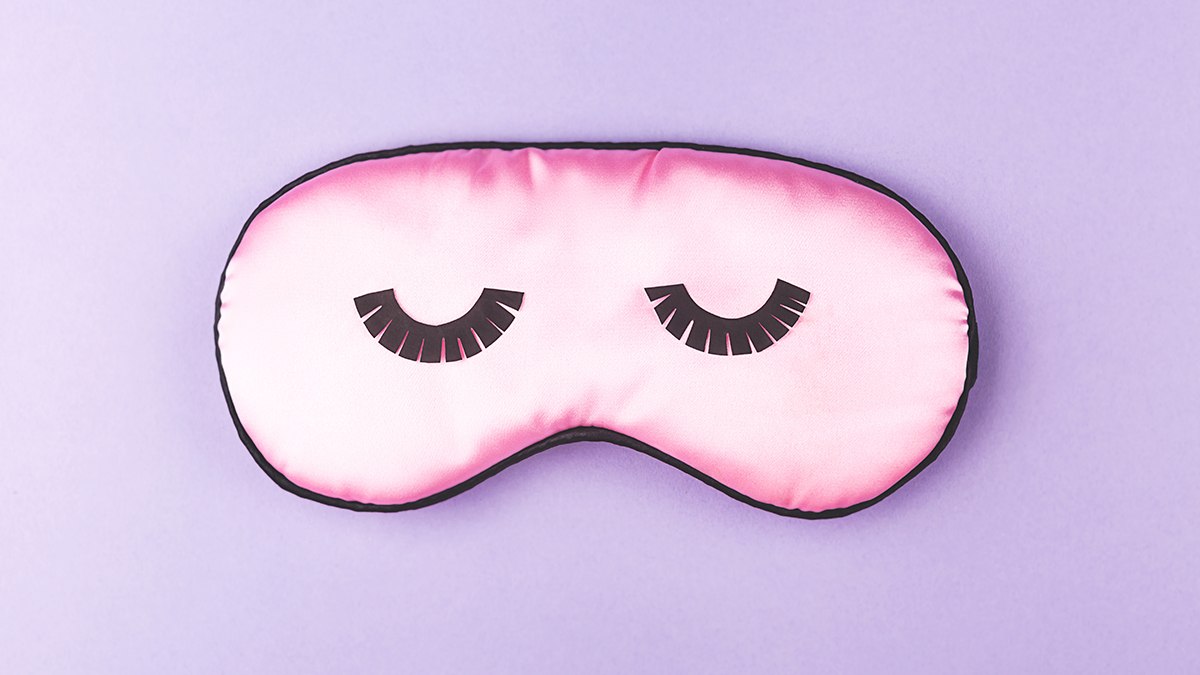Beauty Sleep Could Be Realer Than You Imagined

The concept of beauty sleep – a night so regenerative that it initiates waking up with glowing skin and fuller hair – is often regarded in jest. But as science continues to unearth the power of sleep in every element of our wellbeing, biologists at the University of Manchester have taken a closer look at just how a good night’s rest can have you wake prettier.
Published in Nature Cell Biology, the study – which was conducted on mice – shows how the body clock mechanism works to maintain our bodies – providing structural support to cells in the form of connective tissue, such as bone, skin and cartilage.
Half of humans’ bodyweight is matrix, and half of that is collagen. But the researchers have found two types of fibrils in collagen, woven by cells to form tissues. There are thicker fibrils, which are permanent and stay with us throughout our lives (unchanged from the age of around 17) and thinner ones, which are sacrificial and break as we subject our bodies to the rigours of the day, but replenish with a good night’s sleep.
For two days, the biologists observed this collagen in mice using state of the art volumetric electron microscopy and found that when body clock genes were knocked out of mice, the thin and thick fibrils amalgamated randomly.
Sound confusing? Study author Karl Kadler does a good job of explaining:
“Collagen provides the body with structure and is our most abundant protein, ensuring the integrity, elasticity and strength of the body’s connective tissue.
“It’s intuitive to think our matrix should be worn down by wear and tear, but it isn’t and now we know why: our body clock makes an element which is sacrificial and can be replenished, protecting the permanent parts of the matrix.
“So if you imagine the bricks in the walls of a room as the permanent part, the paint on the walls could be seen as the sacrificial part which needs to be replenished every so often.
“And just like you need to oil a car and keep its radiator topped up with water, these thin fibrils help maintain the body’s matrix.
“Knowing this could have implications on understanding our biology at its most fundamental level. It might, for example, give us some deeper insight into how wounds heal, or how we age.”
See the full study here.
_
ZZZZs promotes a restful and regenerative night’s sleep by combining 5-HTP with calming amino acids and the dietary minerals Magnesium and Zinc. 5-HTP is the precursor to serotonin, the neurotransmitter responsible for happiness. Because of this role in creating serotonin, 5-HTP is also indirectly involved in producing melatonin, a hormone that helps the body’s bio clock stay in sync and regulates daily sleep-wake cycles.


















